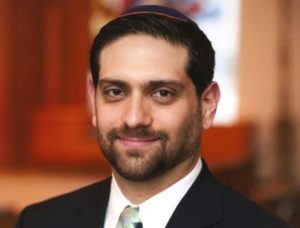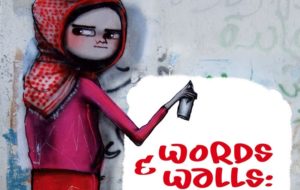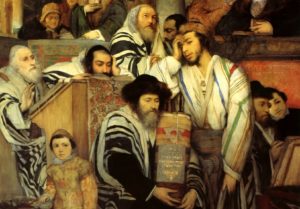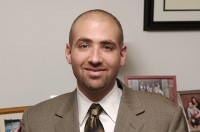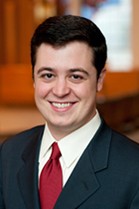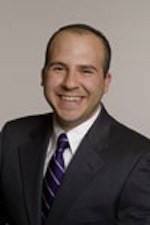The UnOfficial Mourner
We all mourn in different ways and for all different types of people. Our tradition does not limit our ability to mourn, rather encourages us all to find ways to deal with death, how we need to deal with death. And for each of us and with each loss, we do not need an agenda or reason to cry. We should not need to explain ourselves. Mourning is as controllable as the death itself and all are deserving of the time to heal.

